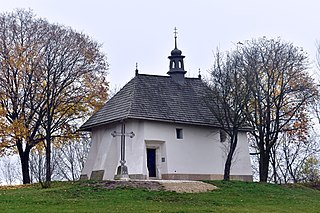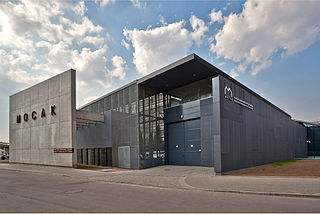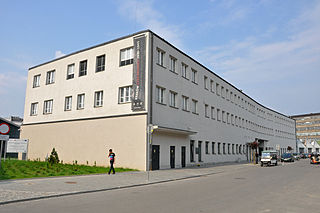Self-guided Sightseeing Tour #13 in Krakow, Poland
Legend
Guided Free Walking Tours
Book free guided walking tours in Krakow.
Guided Sightseeing Tours
Book guided sightseeing tours and activities in Krakow.
Tour Facts
4.4 km
107 m
Experience Krakow in Poland in a whole new way with our free self-guided sightseeing tour. This site not only offers you practical information and insider tips, but also a rich variety of activities and sights you shouldn't miss. Whether you love art and culture, want to explore historical sites or simply want to experience the vibrant atmosphere of a lively city - you'll find everything you need for your personal adventure here.
Activities in KrakowIndividual Sights in KrakowSight 1: Willa Podskale

Willa Podskale is located in Podgórze, a district of Krakow, which was a separate city until 1915. Designed in the style of Art Nouveau architecture by Antoni Dostal and built in 1909, it is a unique example of residential buildings at the turn of the nineteenth and twentieth centuries, characteristic of the outskirts of Podgórze.
Sight 2: Kościół pw. Matki Bożej Nieustającej Pomocy
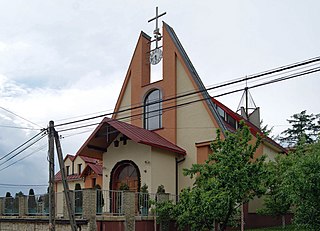
The Church of Our Lady of Perpetual Help is a historic Roman Catholic parish and conventual church of the Redemptorists located in Kraków, in district XIII Podgórze at 56 J. Zamoyskiego Street, in Podgórze.
Wikipedia: Kościół Matki Boskiej Nieustającej Pomocy w Krakowie (ul. Zamoyskiego) (PL), Website, Facebook
Sight 3: Planty Floriana Nowackiego
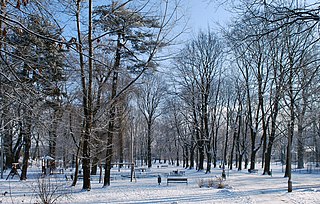
Florian Nowacki Planty Park – the oldest park in Podgórze located near the mouth of the Wilga River into the Vistula, between the following streets: Władysława Warneńczyka, Sokolska, Karol Rollego, Jana Długosza on Emil Serkowski Square.
Sight 4: Park imienia Wojciecha Bednarskiego
Park Wojciech Bednarski - a historic city park in Krakow, located in District XIII Podgórze. It is located on the southern side of the center of Podgórze in the cavity of the area resulting from limestone operation between the streets: Krzemionki in the west, park in the east and Zamoyski in the north. It covers an area of 8.46 ha. The entrances to the park are located at ul. Parkowa and Zamoyski.
Sight 5: Saint Joseph's Church
St. Joseph's Church is a historic Catholic church in the Podgórze district of Kraków, Poland. It is located on Podgórski Square on the northern slopes of the Krzemionki foothills in the south-central part of the city.
Sight 6: Edward Dembowski
The Monument to Edward Dembowski is a monument located in Kraków, on Lasota Square, in the district of XIII Podgórze.
Sight 7: Silva Rerum
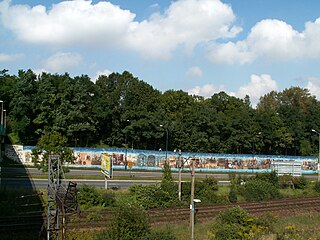
Silva Rerum Mural – a large mural depicting the history of Krakow from the earliest times to the present day, created on the occasion of the 750th anniversary of the foundation of Krakow. It was painted on the retaining wall of the Lasota Hill at Powstańców Śląskich Avenue, near the Kraków Krzemionki railway station. In May 2007, it was probably the world's largest historical mural.
Sight 8: Cmentarz Podgórski (stary)
The Old Podgórze Cemetery is a cemetery on the Lasota Hill in the eastern part of the Krzemionki Pogórskie framework in Kraków, in Podgórze at 1 Powstańców Śląskich Avenue.
Sight 9: Fort 31 „Benedykt”
Fort 31 "St. Benedict" – a tower fort that is part of the Kraków Fortress, built in the years 1853–1856 on the Lasota Hill in Kraków, entered into the register of immovable monuments of the Lesser Poland Voivodeship.
Sight 10: Kościół pw. Świętego Benedykta
St. Benedict's Church is a historic Roman Catholic church located in Kraków, in the XIII district of Podgórze, on the Lasota Hill, in Podgórze.
Sight 11: Wzgórze Lasoty
Lasota Hill – a hill in Kraków belonging to the limestone hills of Krzemionki Podgórskie. It was also described as Lasotyn (1825), Lassota Hill (1860), St. Benedict's Mountain, Lassota Hill. The name of the hill comes from the Old Slavic name Lasota.
Sight 12: Museum of Contemporary Art in Krakow
The Museum of Contemporary Art in Kraków (MOCAK),, is a contemporary art gallery in Kraków, Poland that opened on 19 May 2011. Situated 3 kilometres from the centre of the city, on a demolished part of the factory of Oskar Schindler, the aim of the gallery is to present and support contemporary art and artists, in particular art from the last two decades.
Sight 13: Oskar Schindler's Enamel Factory
Oskar Schindler's Enamel Factory is a former metal item factory in Kraków. It now hosts two museums: the Museum of Contemporary Art in Kraków, on the former workshops, and a branch of the Historical Museum of the City of Kraków, situated at ul. Lipowa 4 in the district of Zabłocie, in the administrative building of the former enamel factory known as Oskar Schindler's Deutsche Emailwarenfabrik (DEF), as seen in the film Schindler's List. Operating here before DEF was the first Malopolska factory of enamelware and metal products limited liability company, instituted in March 1937.
Share
How likely are you to recommend us?
Disclaimer Please be aware of your surroundings and do not enter private property. We are not liable for any damages that occur during the tours.
GPX-Download For navigation apps and GPS devices you can download the tour as a GPX file.
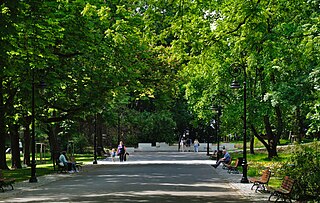
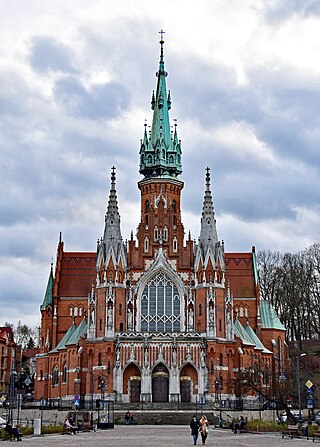
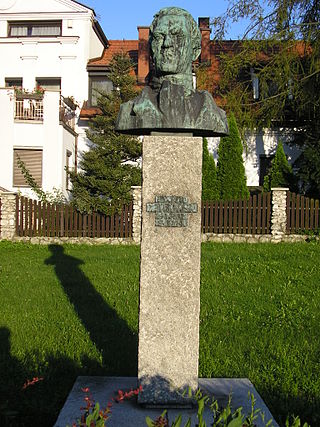
.jpg)

